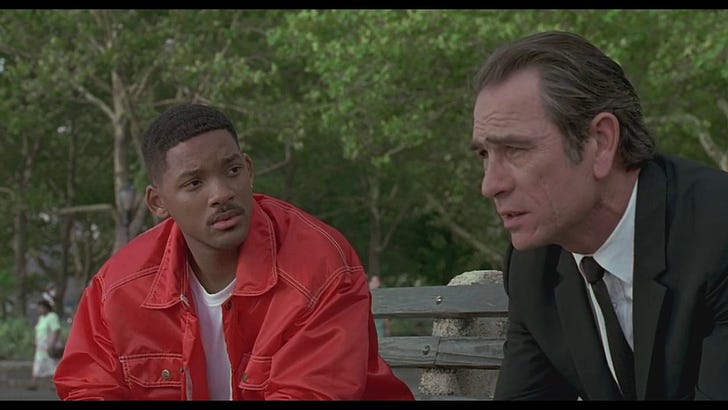A person is smart. People are dumb, panicky dangerous animals and you know it!
This quote from the Men in Black (1997) has aged really well. Whether its millennial stock investors or seasoned venture capital investors, mimetic theory is really playing out in the global financial markets.
In the backdrop of Silicon Vally Bank (SVB) collapse, Luke Bergis has articulated well on Why Bank Runs Happen—and What We Can Do to Stop the Panic and reminds us:
Human beings stampede. We always have. But technology has taken our ancient impulses and put them on warp speed.
In a crypto and Meme stock context (remember GME & AMC meme stocks frenzy in US markets?) I had written a couple of year back on how social media and technology has permanently changed investor behavior. In ways even many professional investors haven’t yet come terms with this. Silicon Valley/VC folks are no exception and they too exhibited herd-like mentality like us!
Social media fueled mimetic contagion has been one of the main reasons for recent SVB’s collapse! Our financial institutions including banks need to be aligned and be ready to these paradigm shifts.
Infact one of the Senior Executive, SVB was quoted as saying this:
“It turned out that one of the biggest risks to our business model was catering to a very tightly knit group of investors who exhibit herd-like mentalities - I mean, doesn’t that sound like a bank run waiting to happen?”
It makes sense to understand mimetic theory before mimetic contagion.
What is mimetic theory in general?
Mimetic Contagion was indeed one of the reasons for SVB debacle!

"Social media is a superconductor of mimetic contagion—the spread of ideas and desires in mere seconds—unlike any the world has ever seen. And our institutions are no match against it." - Luke Bergis
Social media brings faraway models into our personal world, creating an almost inescapable system of mimetic desire. This applies to laymen and VC investors as well! We need to continue to fight mimetic desire by being cognizant of two things - look to the past: ask why we chose to pursue our current desires; and - look ahead: ask where these desires are leading us?
Individuals and leaders should continue to create of desire outside the eco-systems they currently operate. Eventually in the process, avoid destructive cycles of internal rivalry and conflict. In my next piece will try to decode how mimetic product development impacts startups and entrepreneurs, mimicking smaller competitors and relying on them to shape their future roadmap can potentially lead to non-scaling products?!
Leaving with a quote by one of my favorite original thinkers in our times. The premise is that all of our desires are modeled for us, and we do a lot to control/not to control things that are influencing us. How does this quote hit you?
Desire is a contract that you make with yourself to be unhappy until you get what you want - Naval Ravikant



